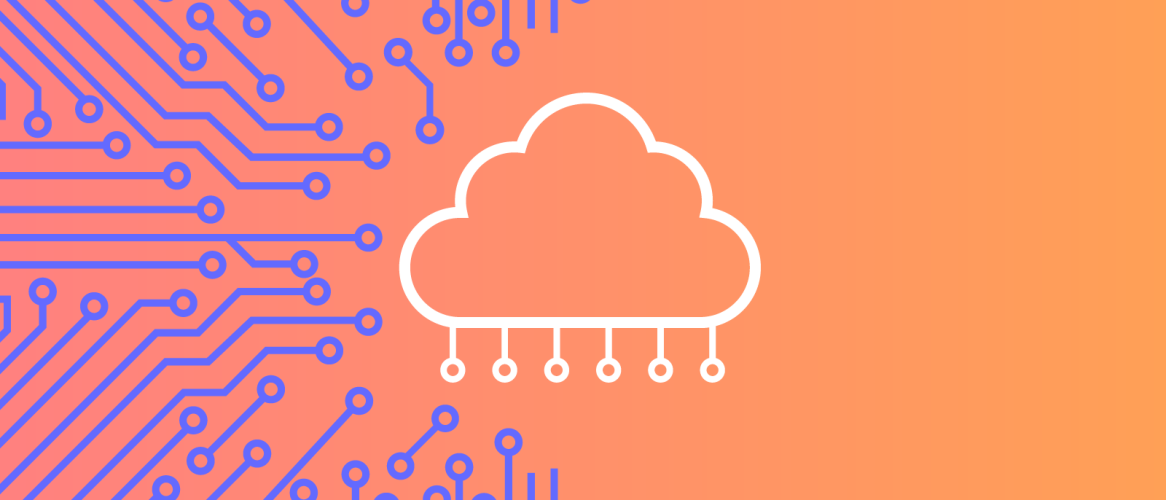5 Key Considerations for moving your Data to the Cloud

Introduction
The cloud is a great way to store, access and manage your data. But before you can make the switch, you’ll need to know what kind of cloud server will be right for you. Here are some key considerations:
How big is your data?
When thinking about how much data you have, it’s important to consider the number of users and files as well. In general, you want to be sure that your database is not too large for the cloud platform. If this doesn’t provide enough space allotted by its SP provider—for example if they only allow 10GB per user in their plan—it may make sense for them to purchase additional storage from another vendor instead; but this will still require some planning ahead!
How long will it take to move?
Moving your data to the cloud can be a lengthy process, depending on the size and number of users. If you’re moving to a cloud server management, this is not an issue because your data will always be there when you need it.
If you are moving from one location to another—for example, from one server room with limited bandwidth in order to use more expensive infrastructure at a different location—you may encounter downtime during this transition period. You should plan for any potential delays by preparing for these issues ahead of time so that they don’t cause any problems later down the line when things get busy again (after all, this is why most companies invest in backup systems).
How much capacity do you need?
The first step in deciding how much storage and bandwidth you need is to decide how many users will be accessing your files. If it’s just a few people, then 2TB of storage might suffice; on the other hand, if there are thousands of employees working on shared files regularly, then 10TB–20TB per user may be necessary. You’ll also need to know if they’re all accessing the same file at once or not (e.g., one person can edit it while another reads an earlier version). Finally, consider whether some users will have access only once every few months or not at all—this could affect how much data needs to be stored locally versus online as well as where exactly in your building this happens (for example: does everyone need 24/7 access everywhere?).
What’s the cost of virtualization?
The cost of virtualization depends on the size of your data, which is typically measured in gigabytes (GB). The number of virtual machines you need will also determine how much it costs to run these servers. To see what this means for you and your business, let’s look at a few different scenarios:
- A company with 1 TB worth of data should consider using cloud servers capable of hosting 10 virtual machines—that’s still less than the amount they would buy from an IT provider who specializes in storage solutions but has no experience running large-scale cloud environments.
- If that same company had 200 GB more than needed for its current needs (1 TB total), then it could probably afford two or three times what it currently pays for storage solutions by renting space from Amazon Web Services instead; this would allow them access not only one but two AWS instances so they can distribute across them evenly over time without having any downtime due to hardware failure or other issues related directly back into those particular machines themselves!
Are you prepared for failures?
You should be prepared for failures. The cloud has a lot of moving parts, so it’s important that you have backup plans in place if things go wrong.
- Make sure your data is backed up and stored securely on multiple devices. This may include both local copies of files and remote storage such as the cloud or an external hard drive. You should also make sure that these backups are regularly tested and updated as necessary so that they’re always up-to-date with what’s actually happening in your business at any given time.
- If there’s an issue with one provider (e.g., Amazon), switch to another provider until things settle down again.
Cloud servers are fast, easy and affordable.
Cloud servers are easy to set up and offer fast, secure access. They’re also affordable—you can get started for as little as $5 per month!
With the cloud, you don’t need a big server room full of expensive hardware or complicated software maintenance contracts. The benefits of this are many: You don’t have to worry about your data being lost in case of an emergency (e.g., fire), because it’s stored on multiple servers in different locations around the world; there’s no need for redundant backups; and you don’t have any hardware maintenance costs either (or even electricity bills).
Conclusion
We hope that this guide has given you a good overview of what cloud servers are and how they work. If you’re looking for more information about virtualization, please check out our in-depth guide on the topic!
Read More: What Backup and Disaster Recovery Resources Do You Really Need for your Business? | TI Infotech Blog
